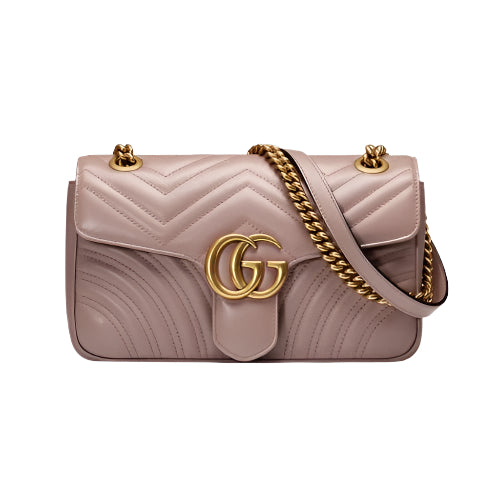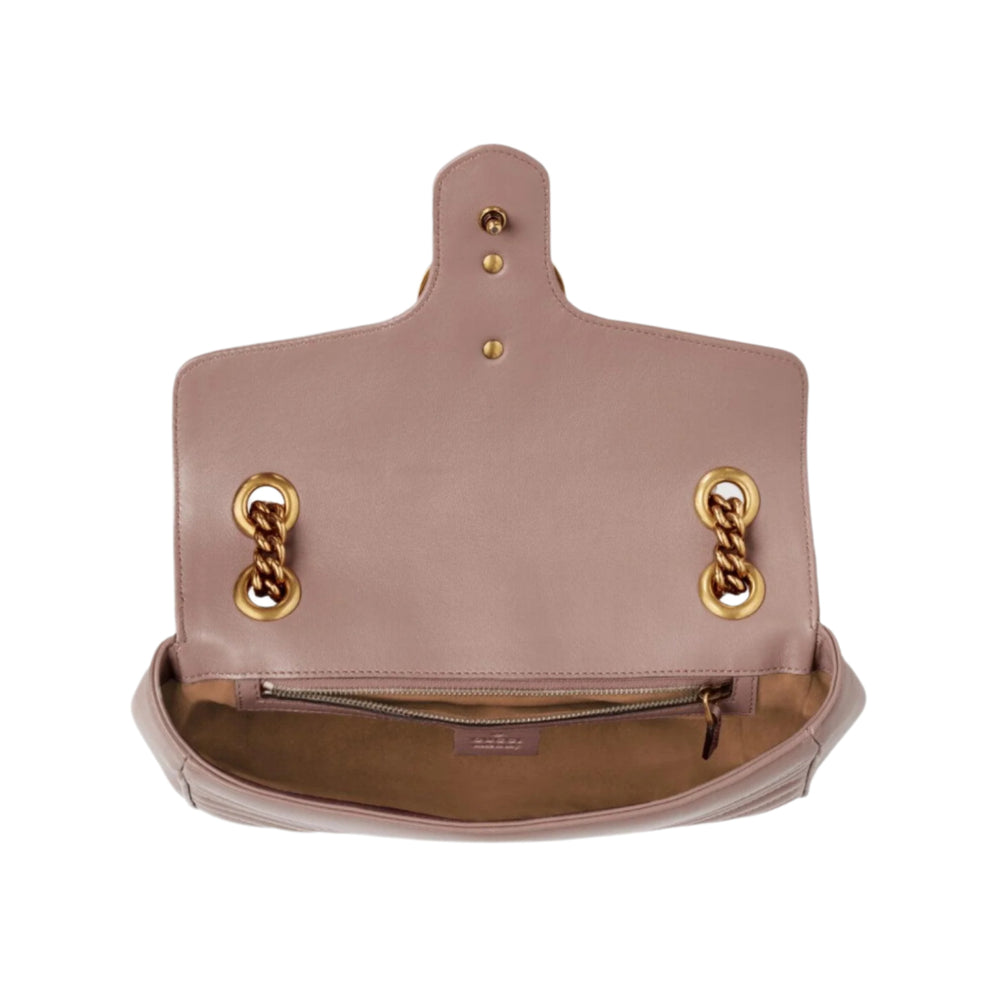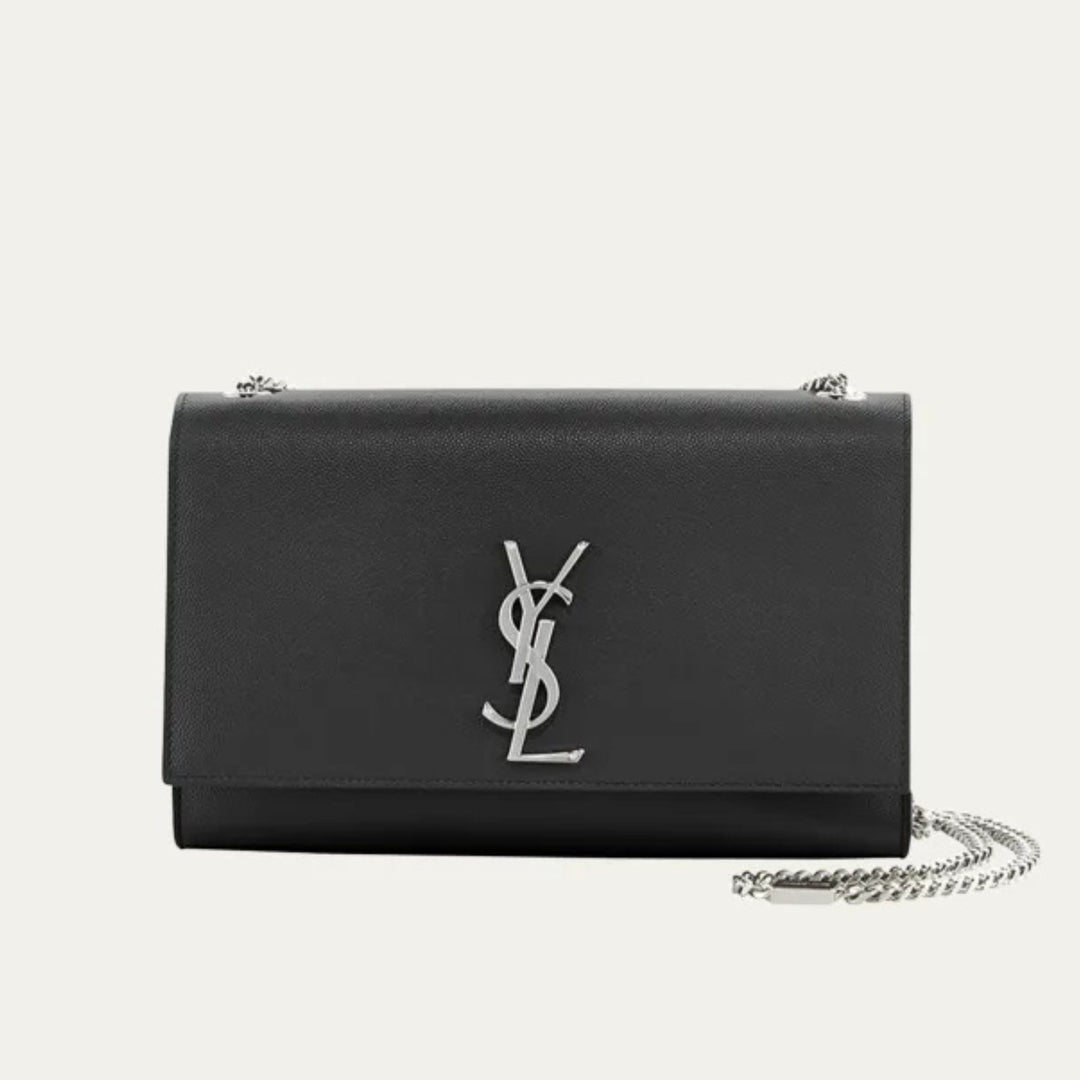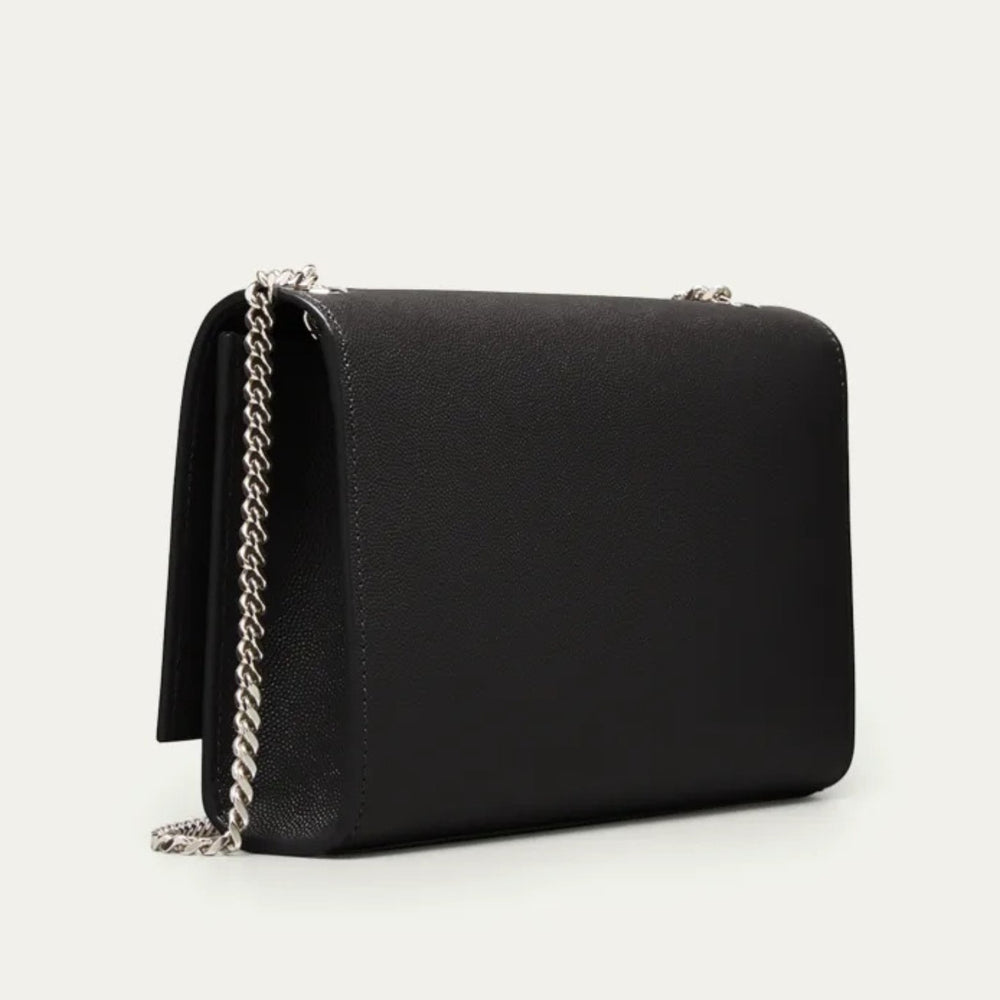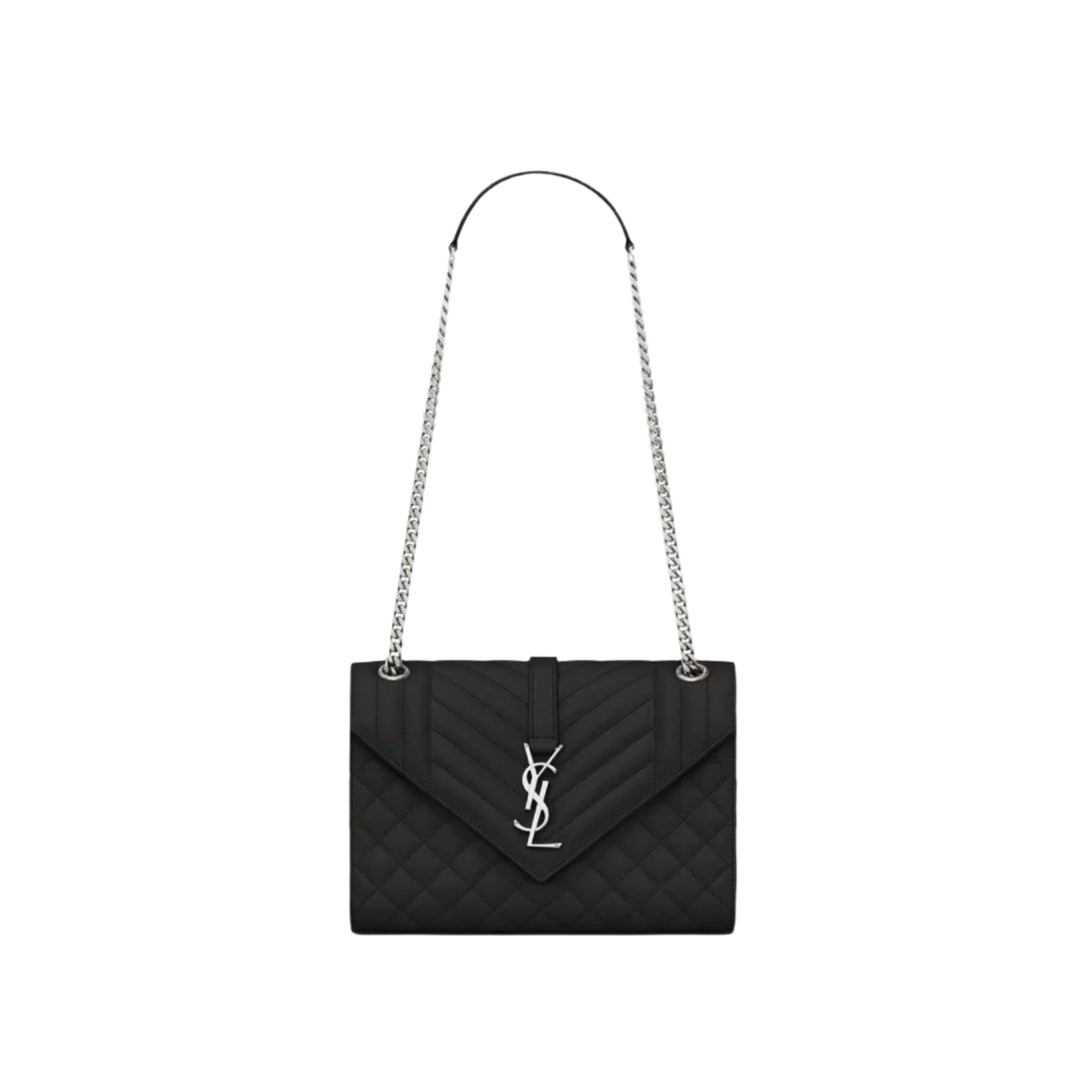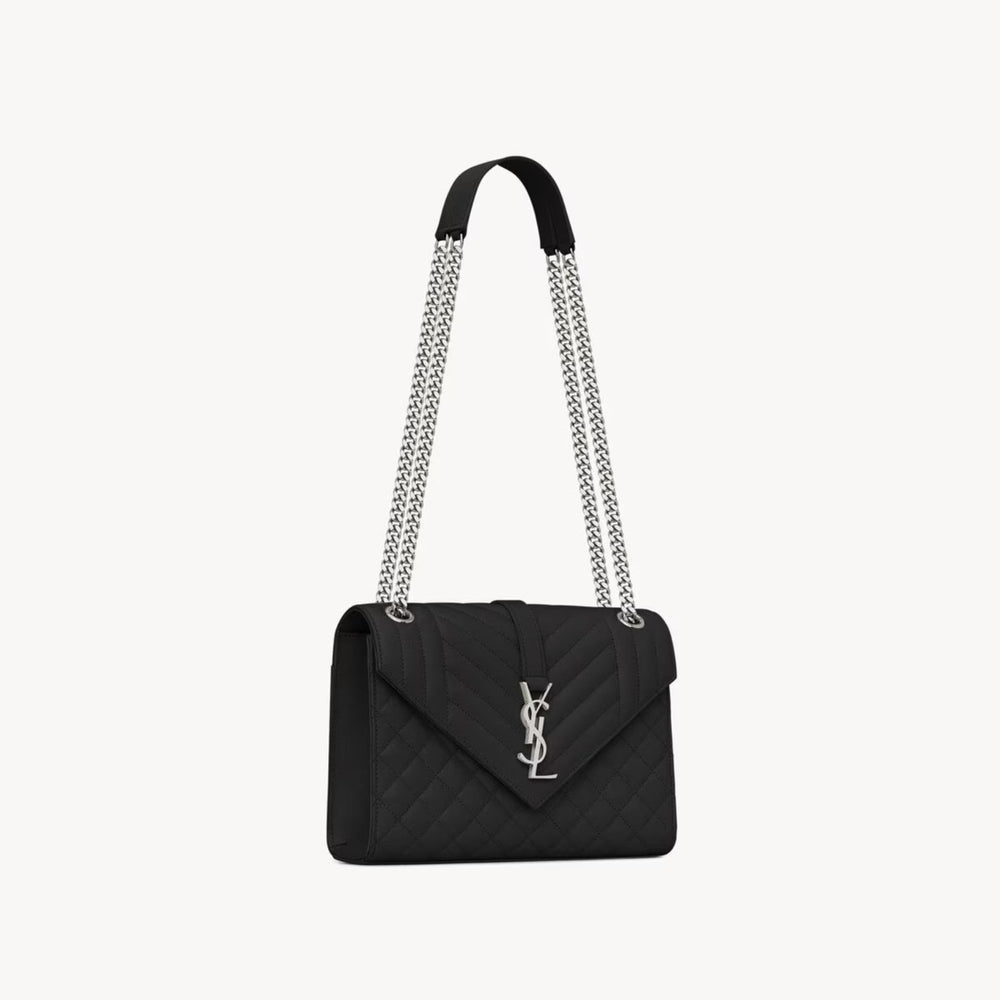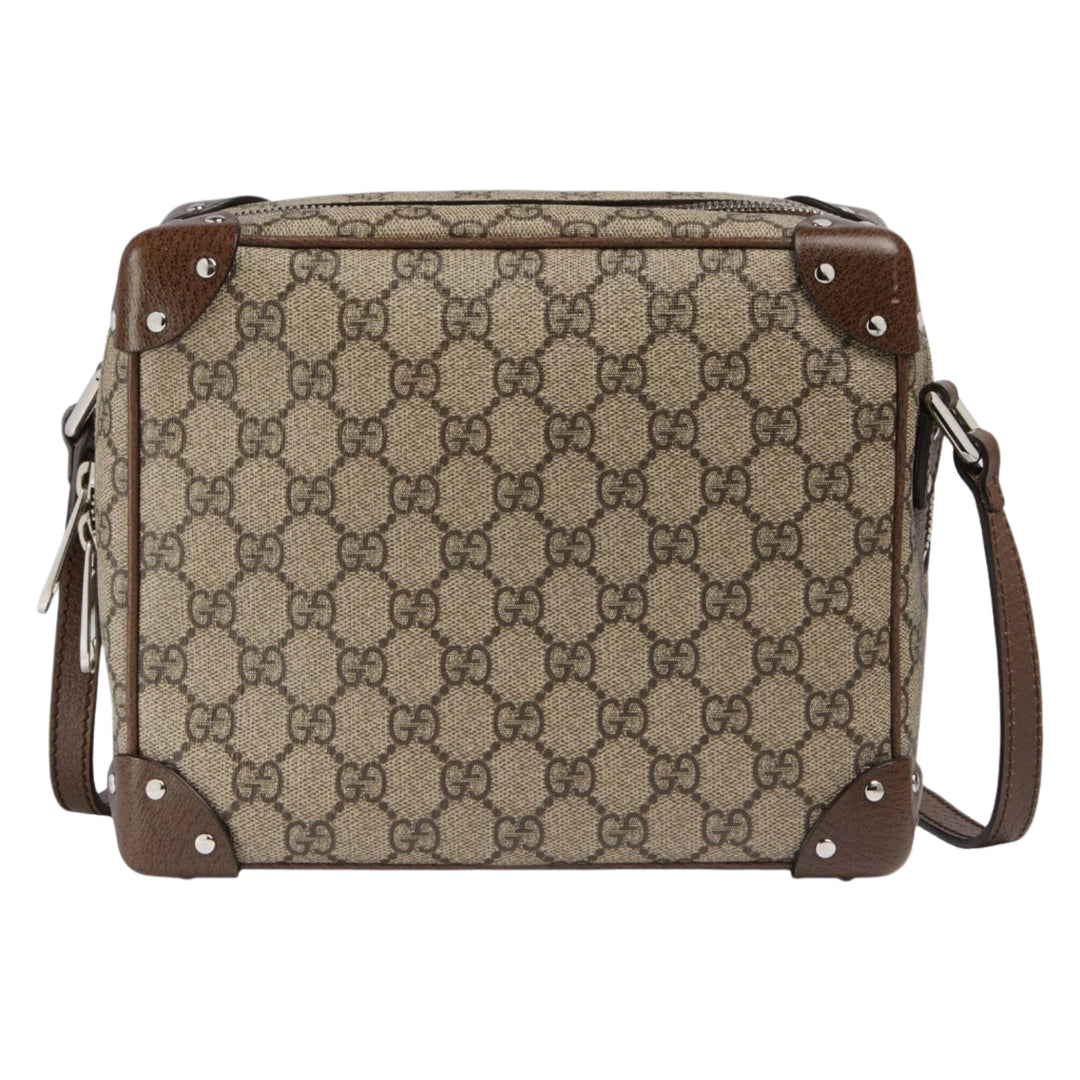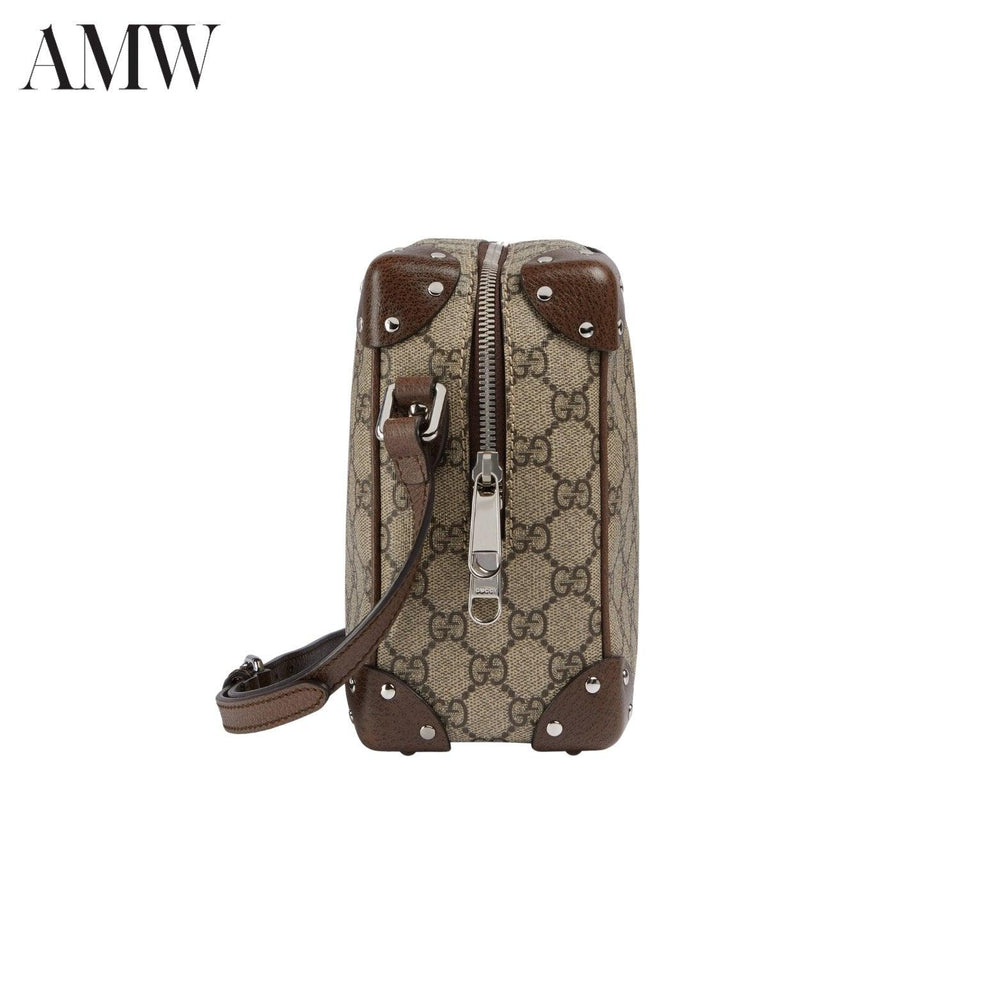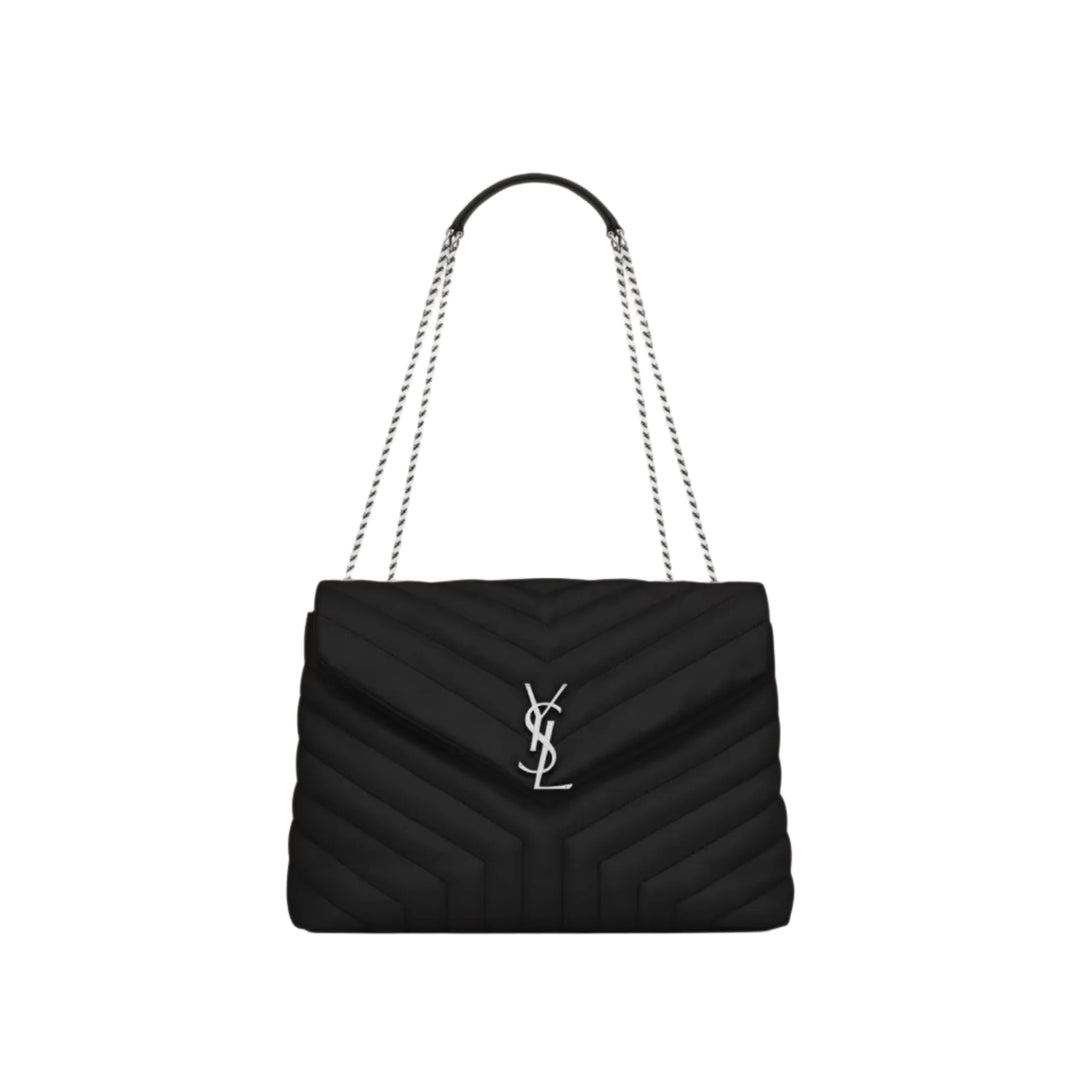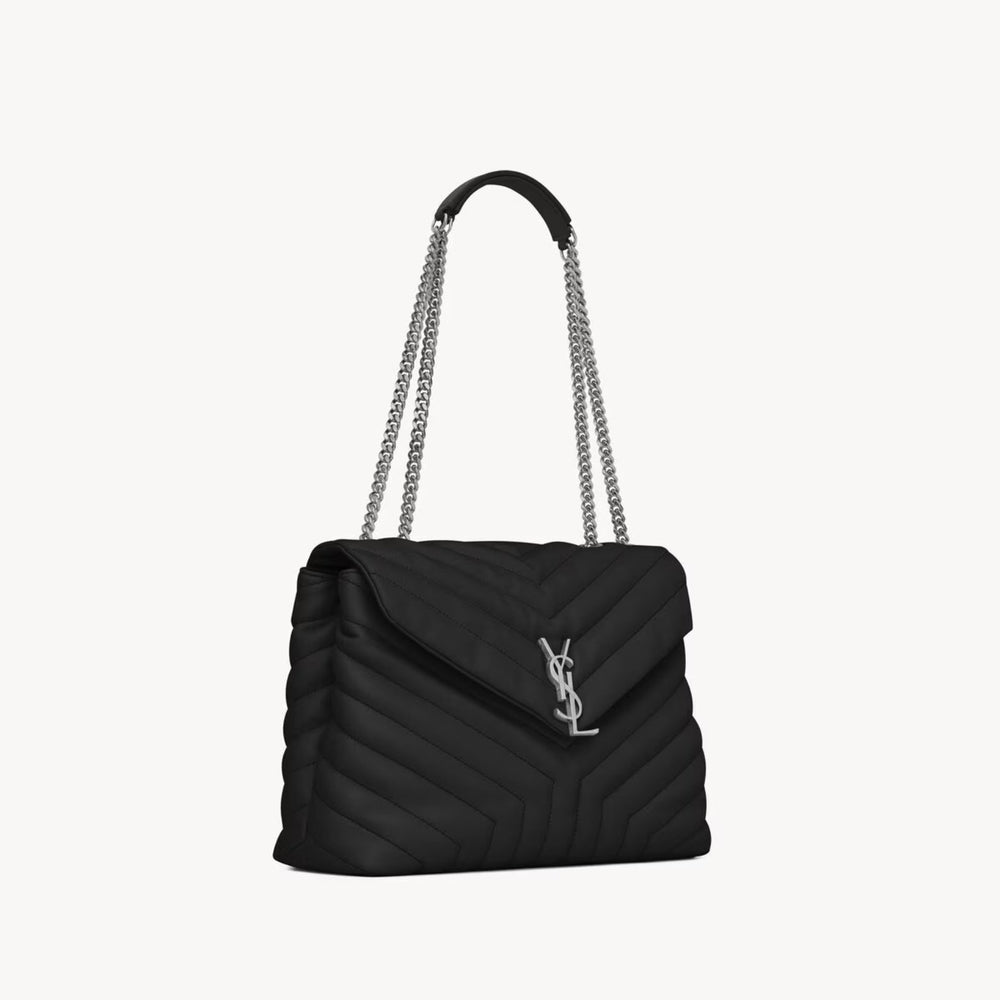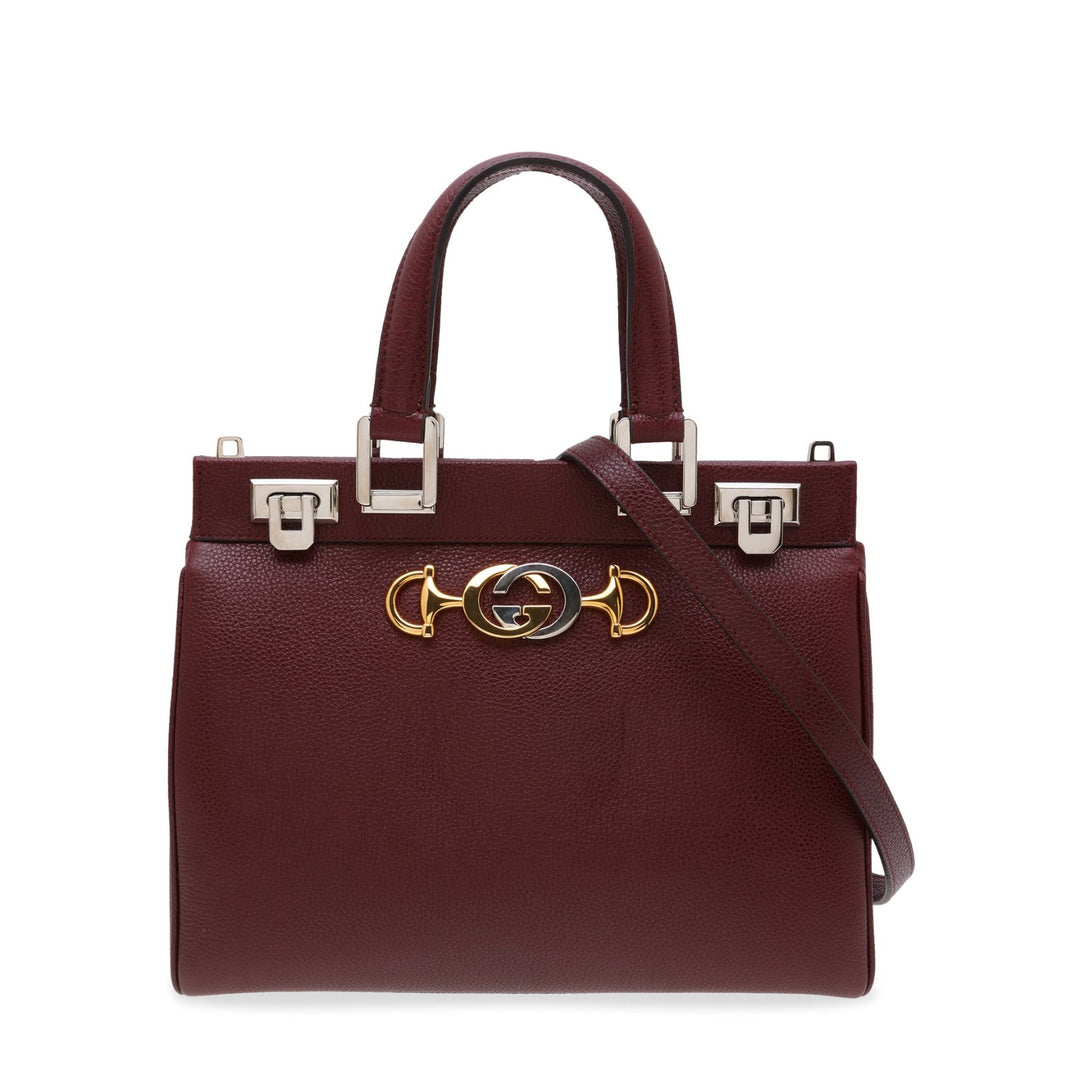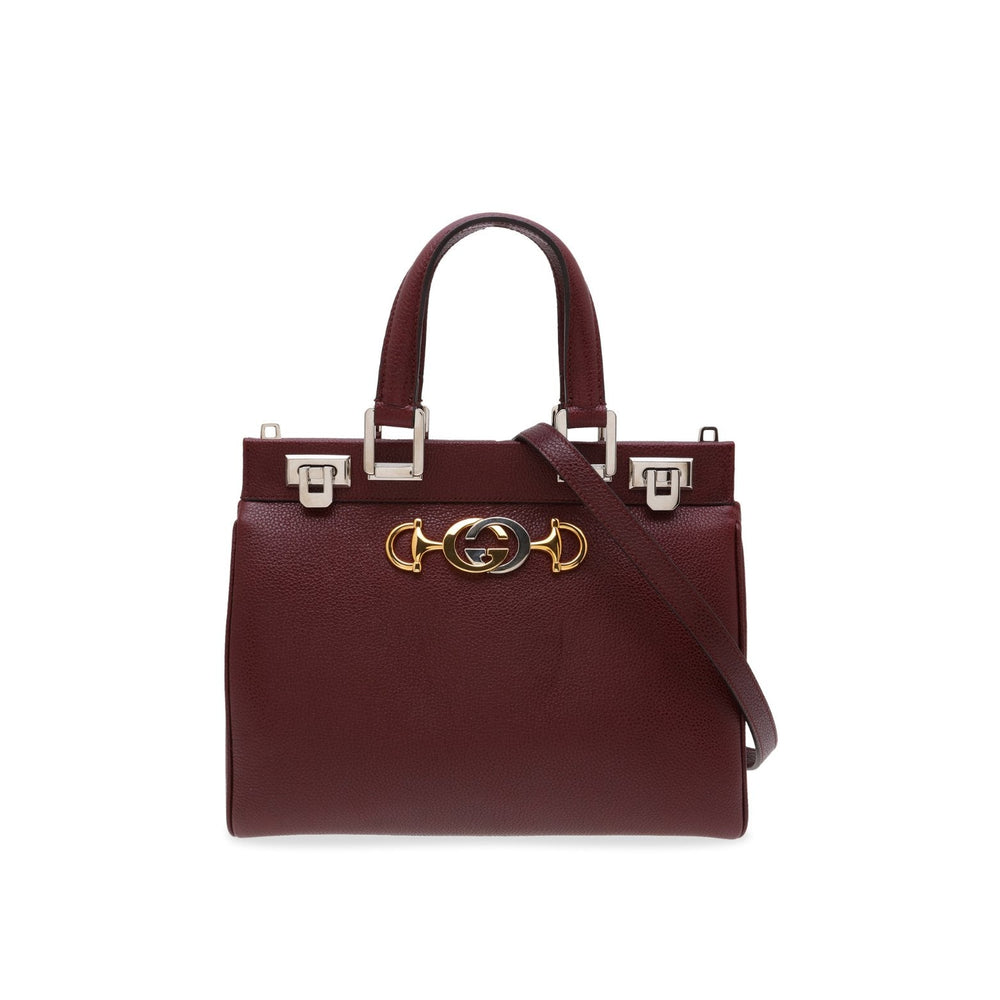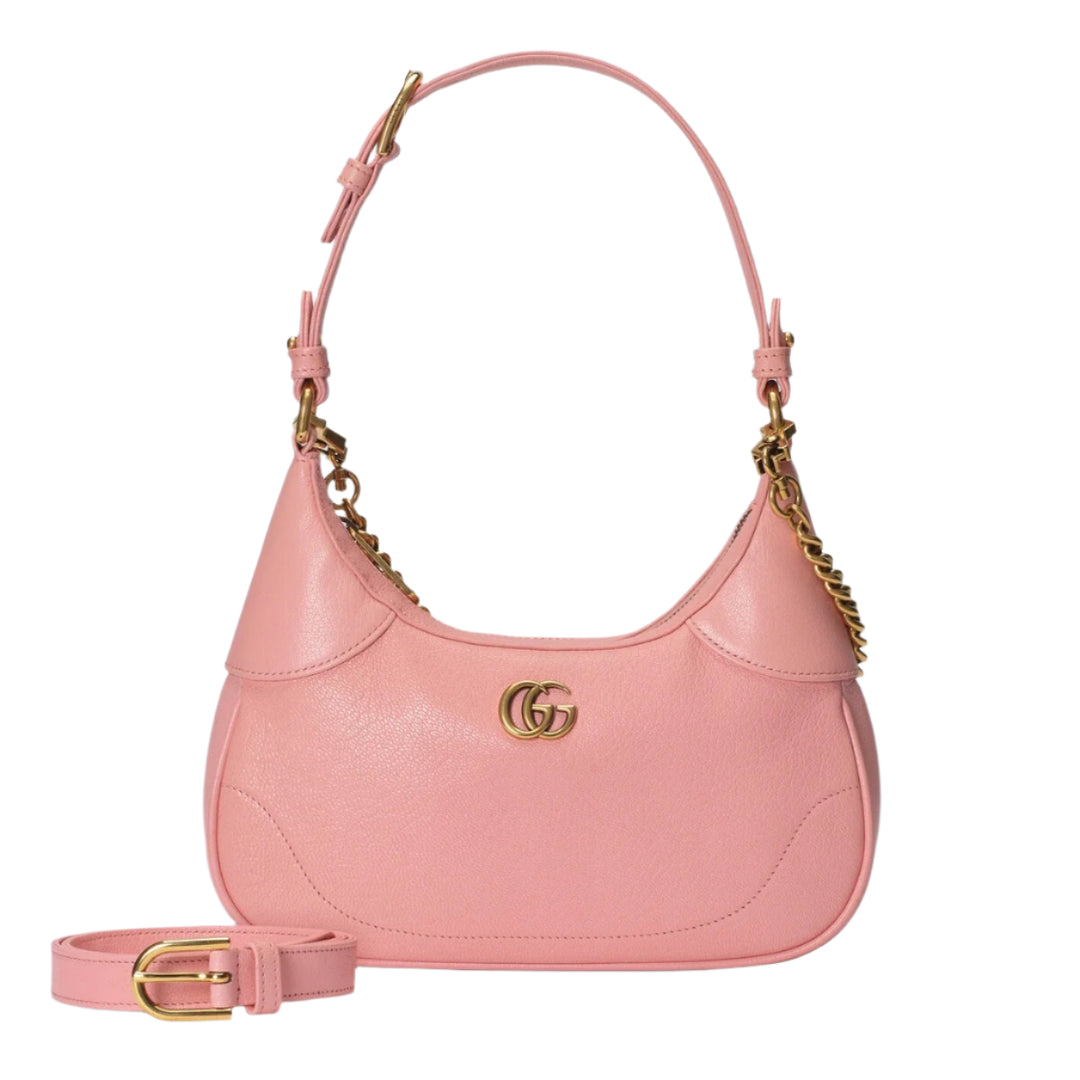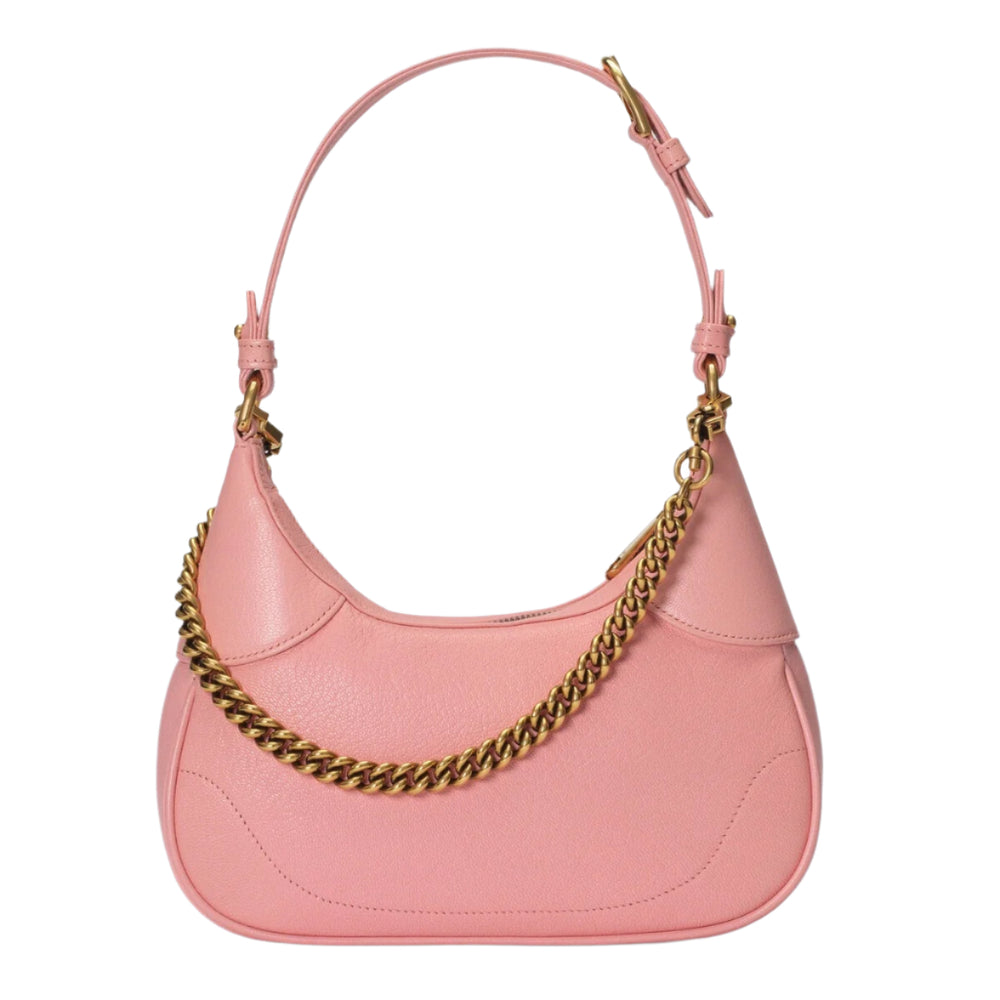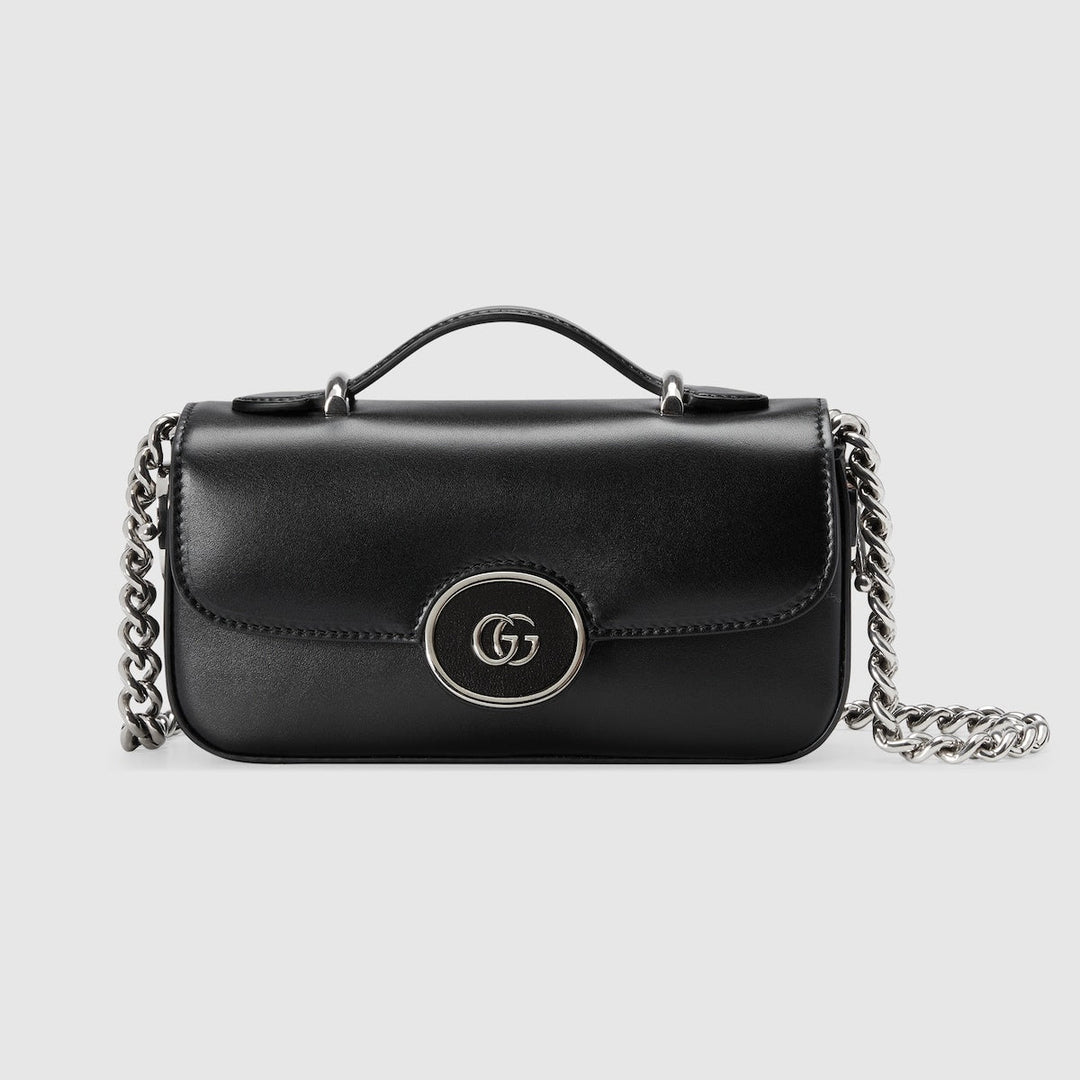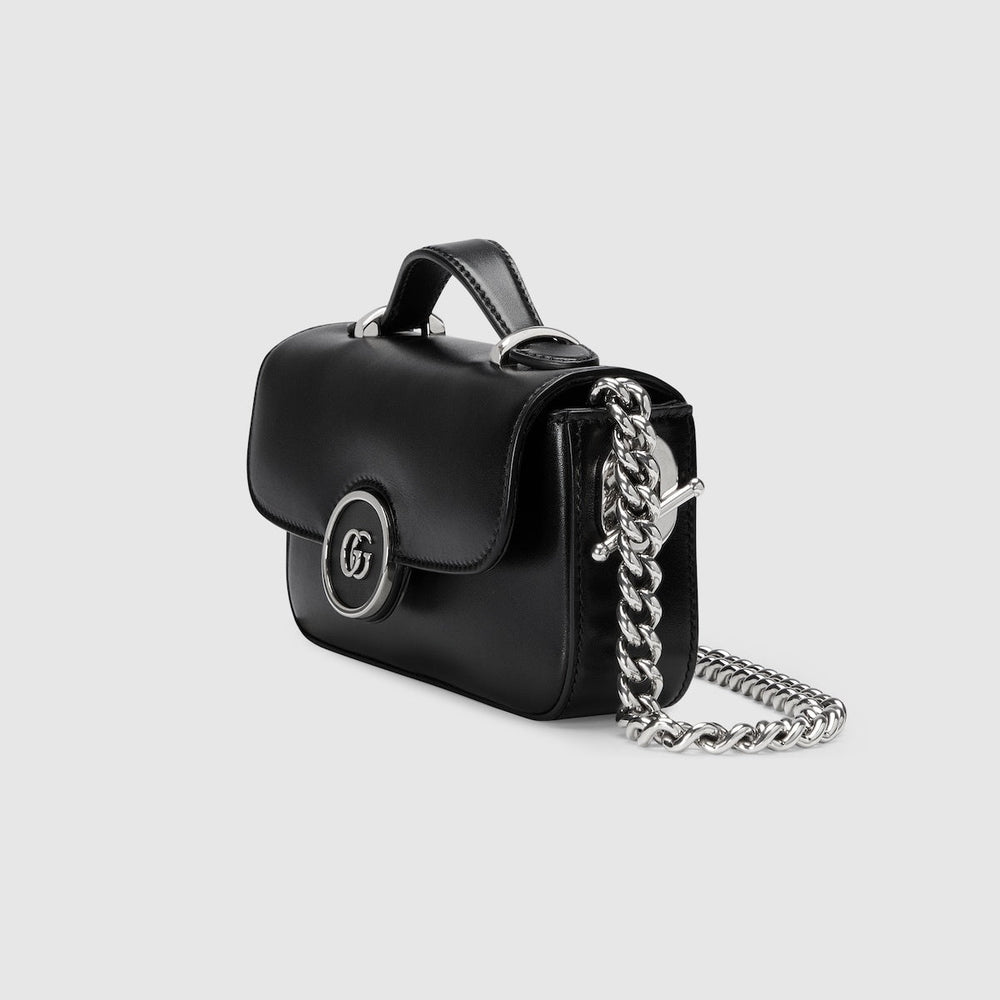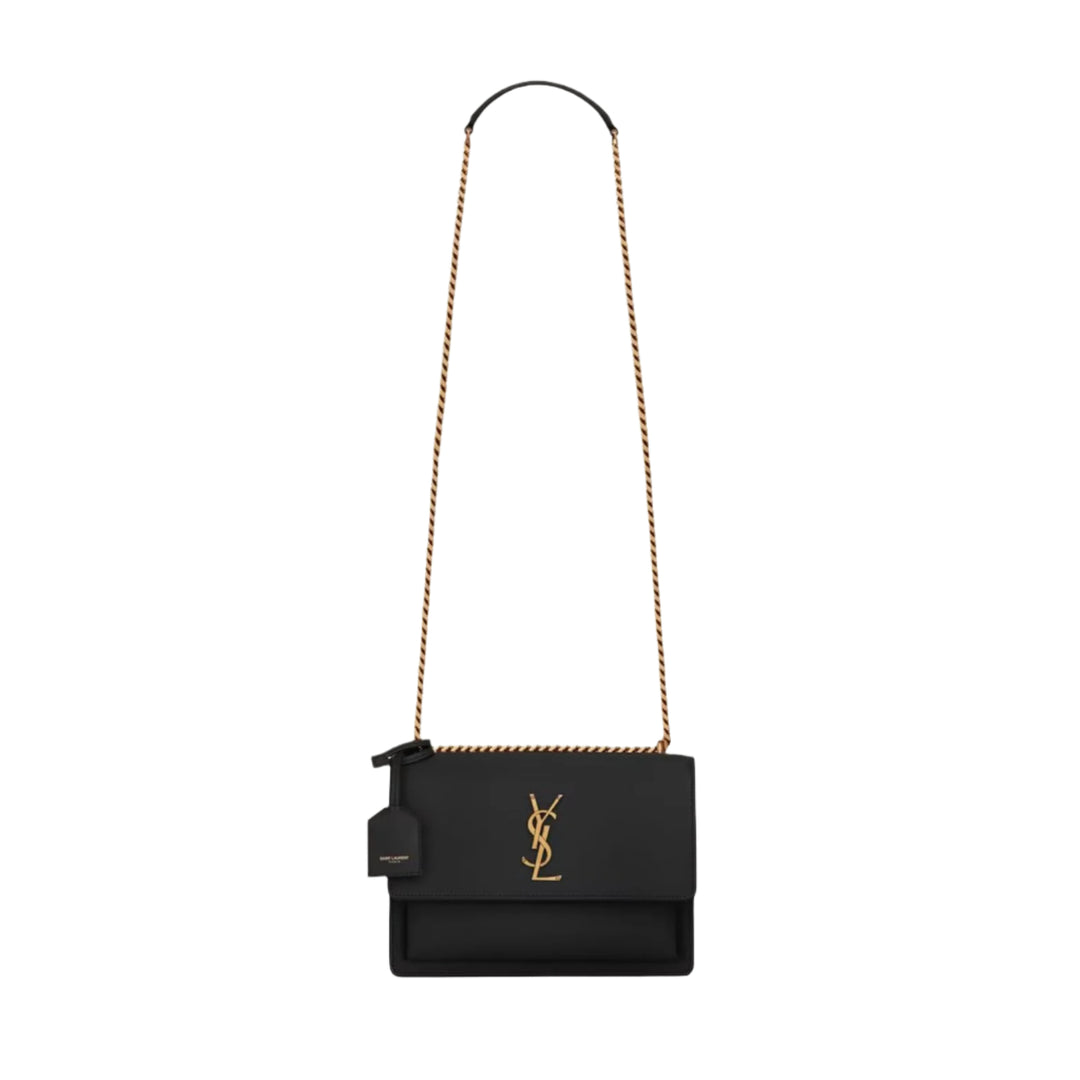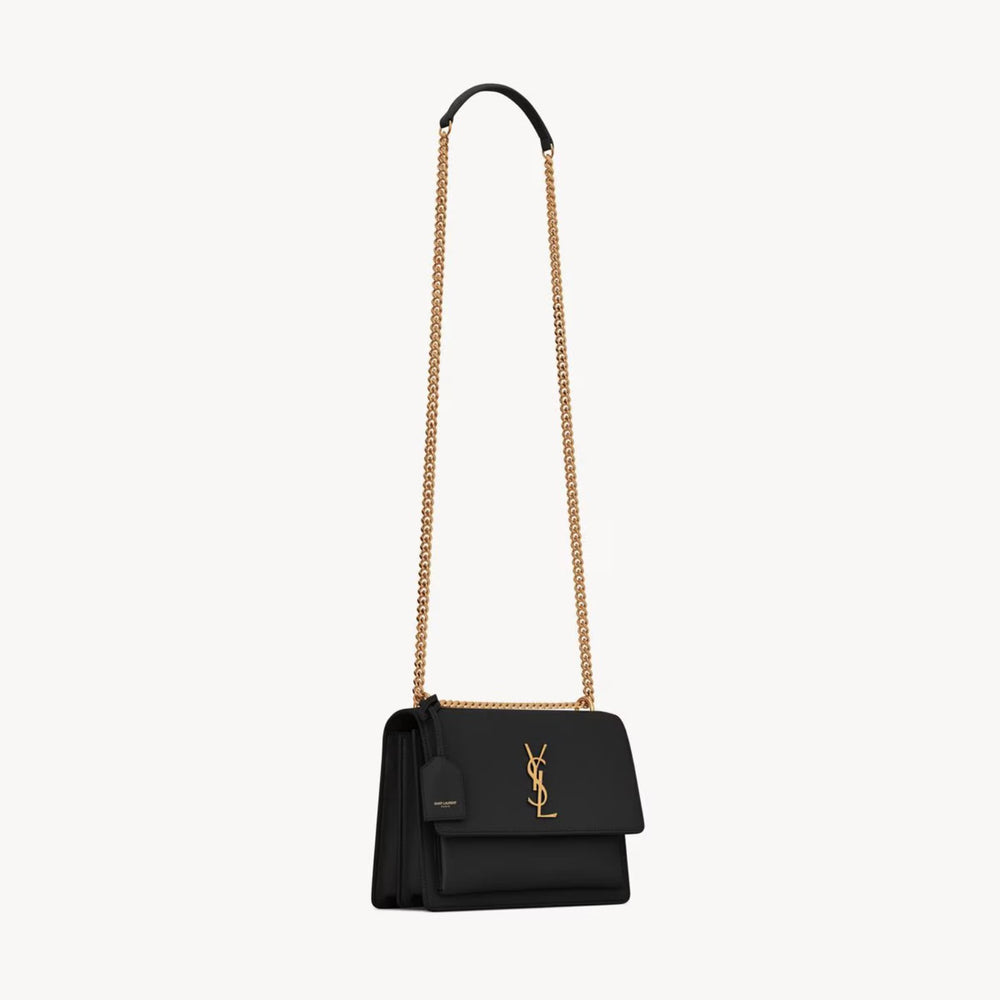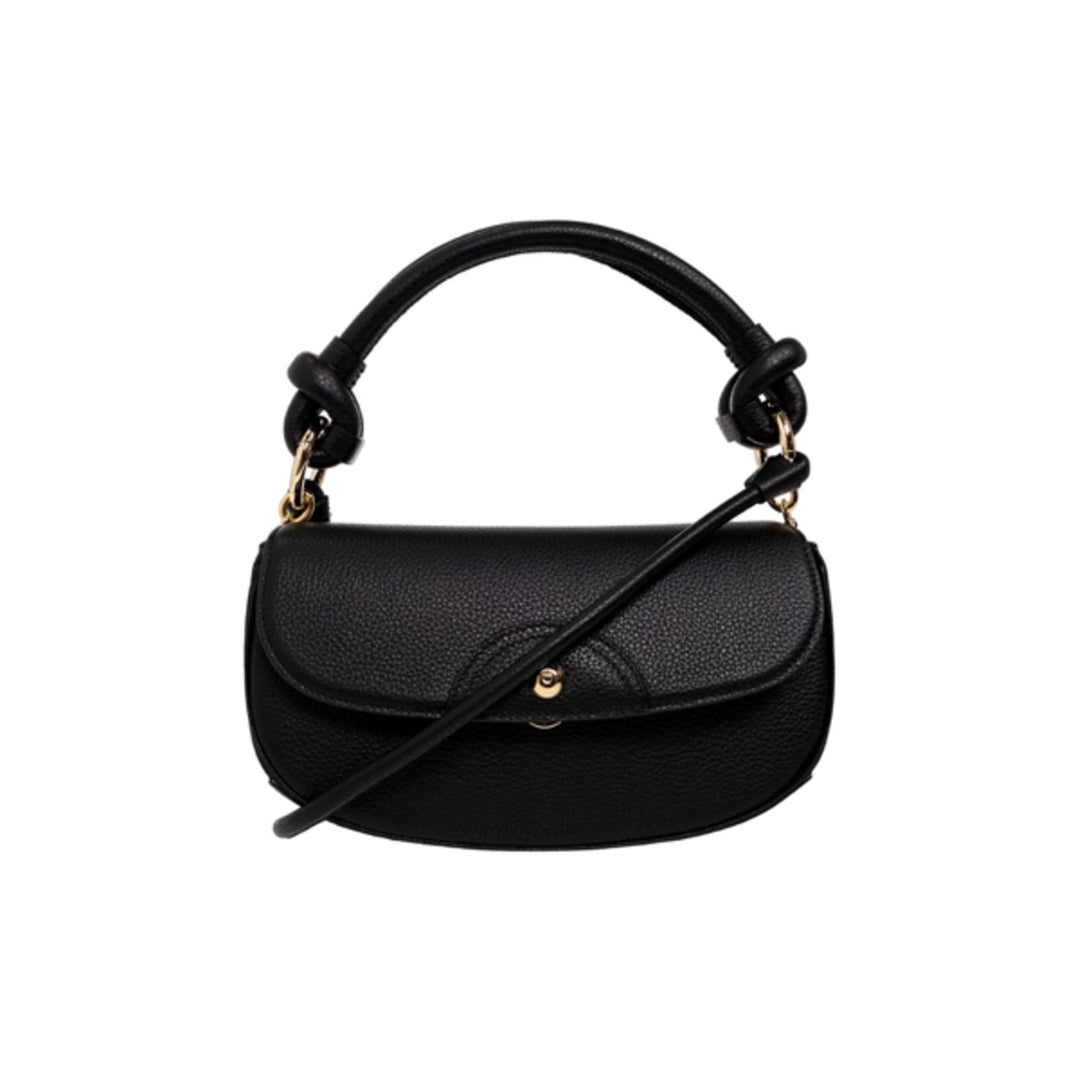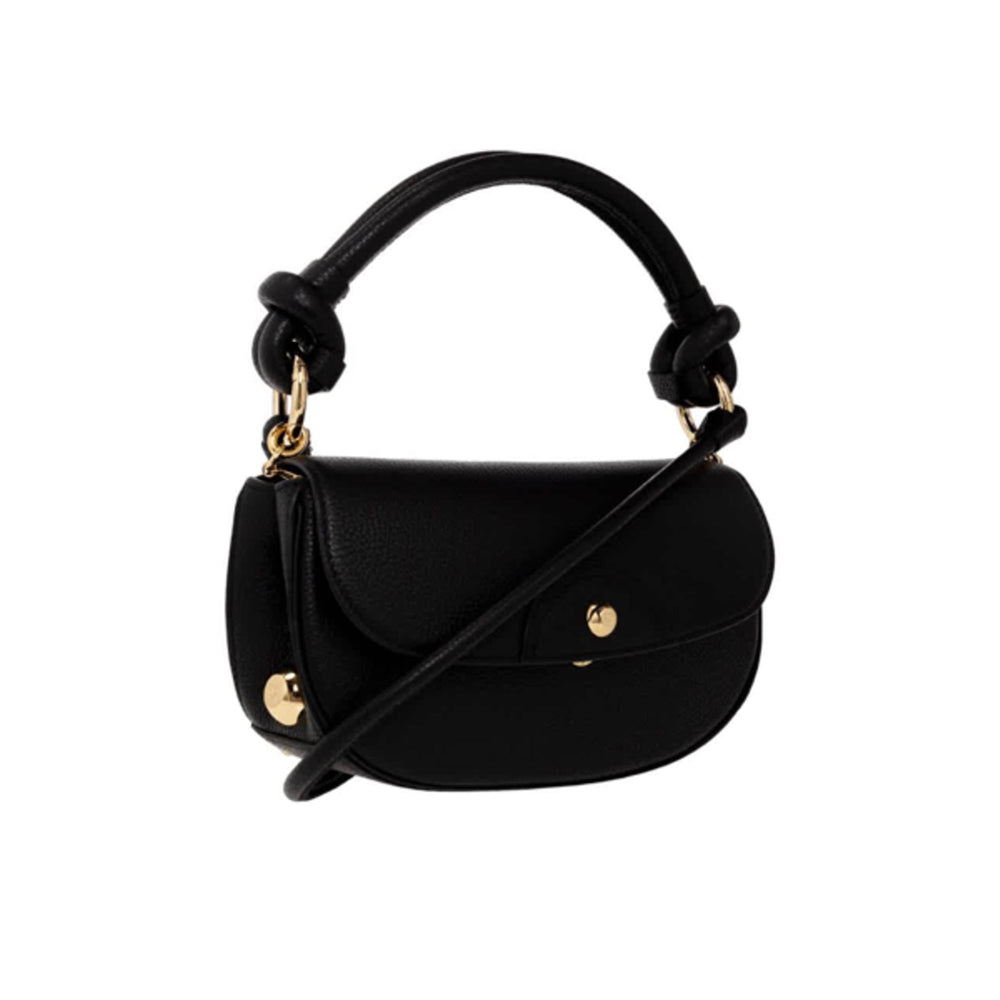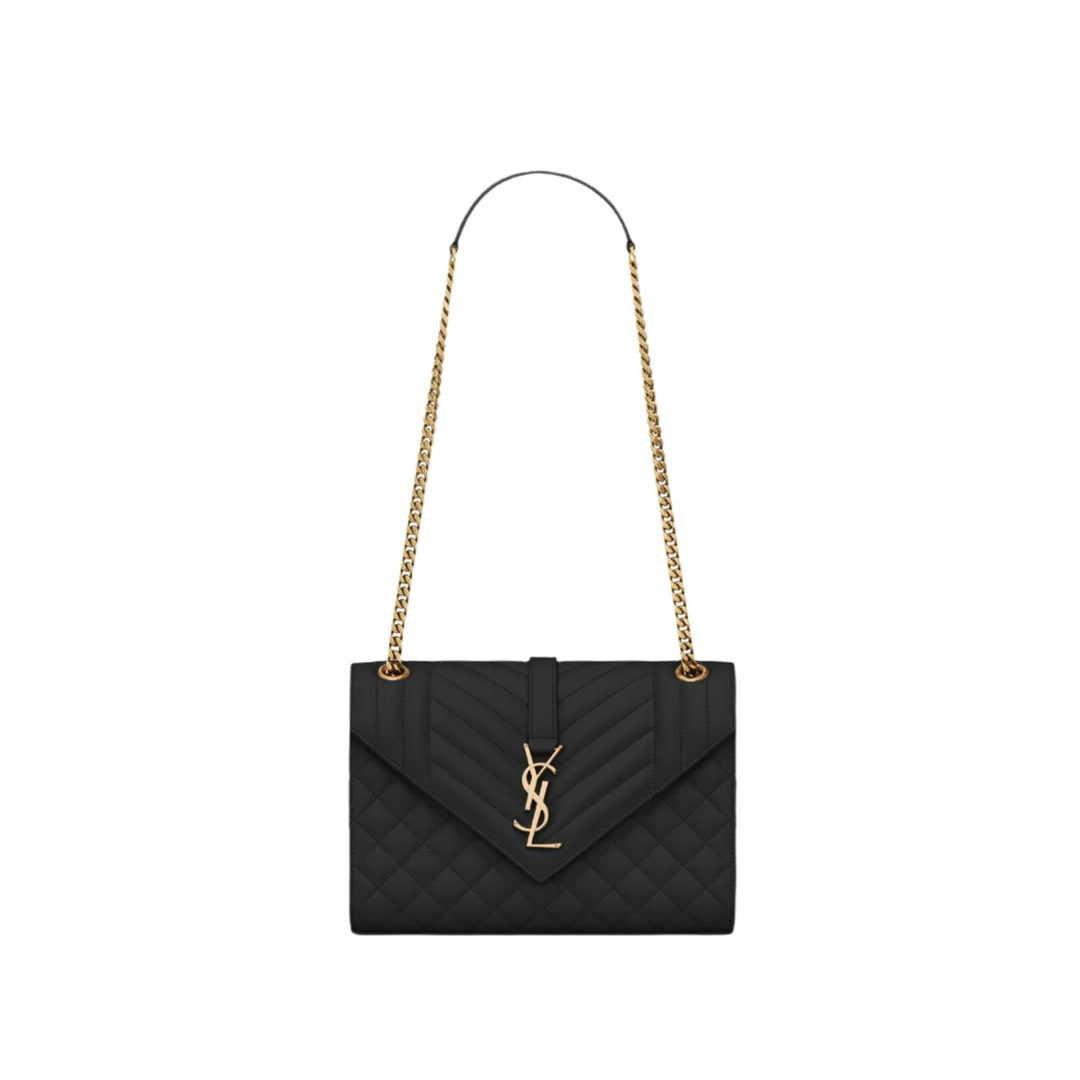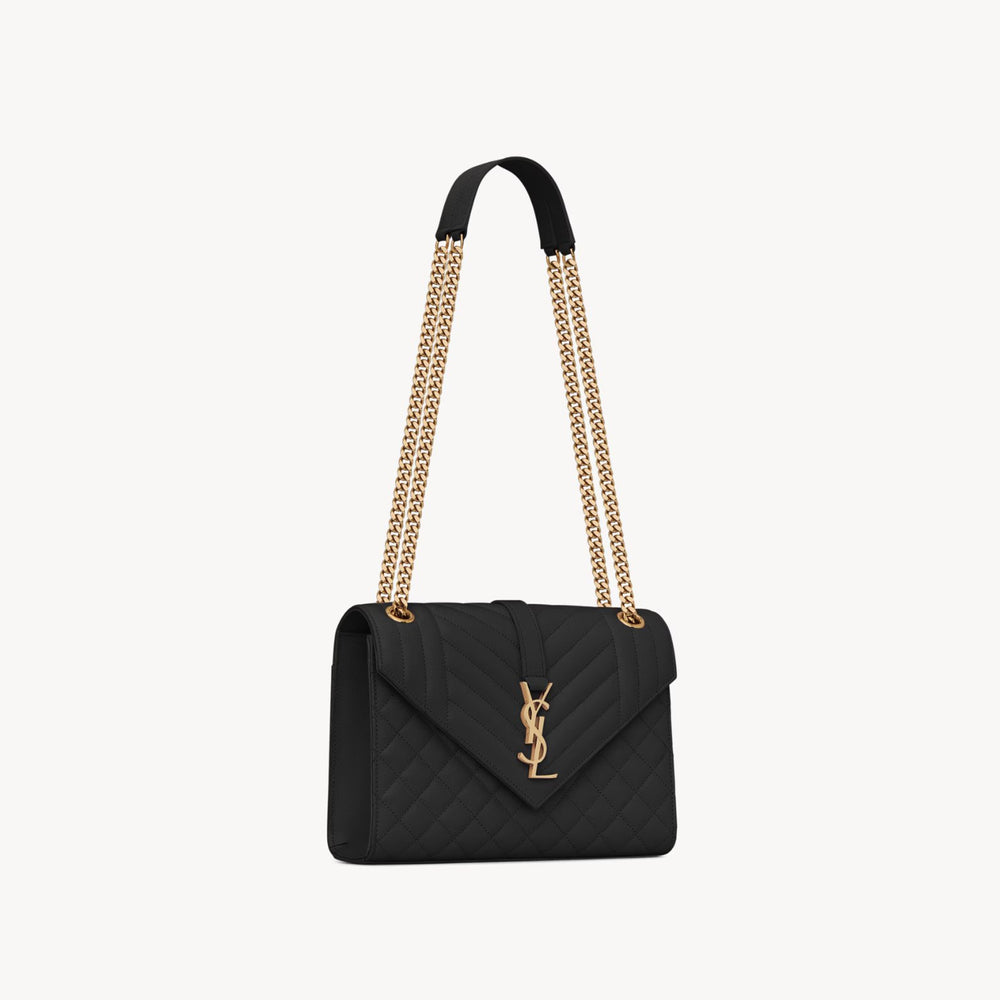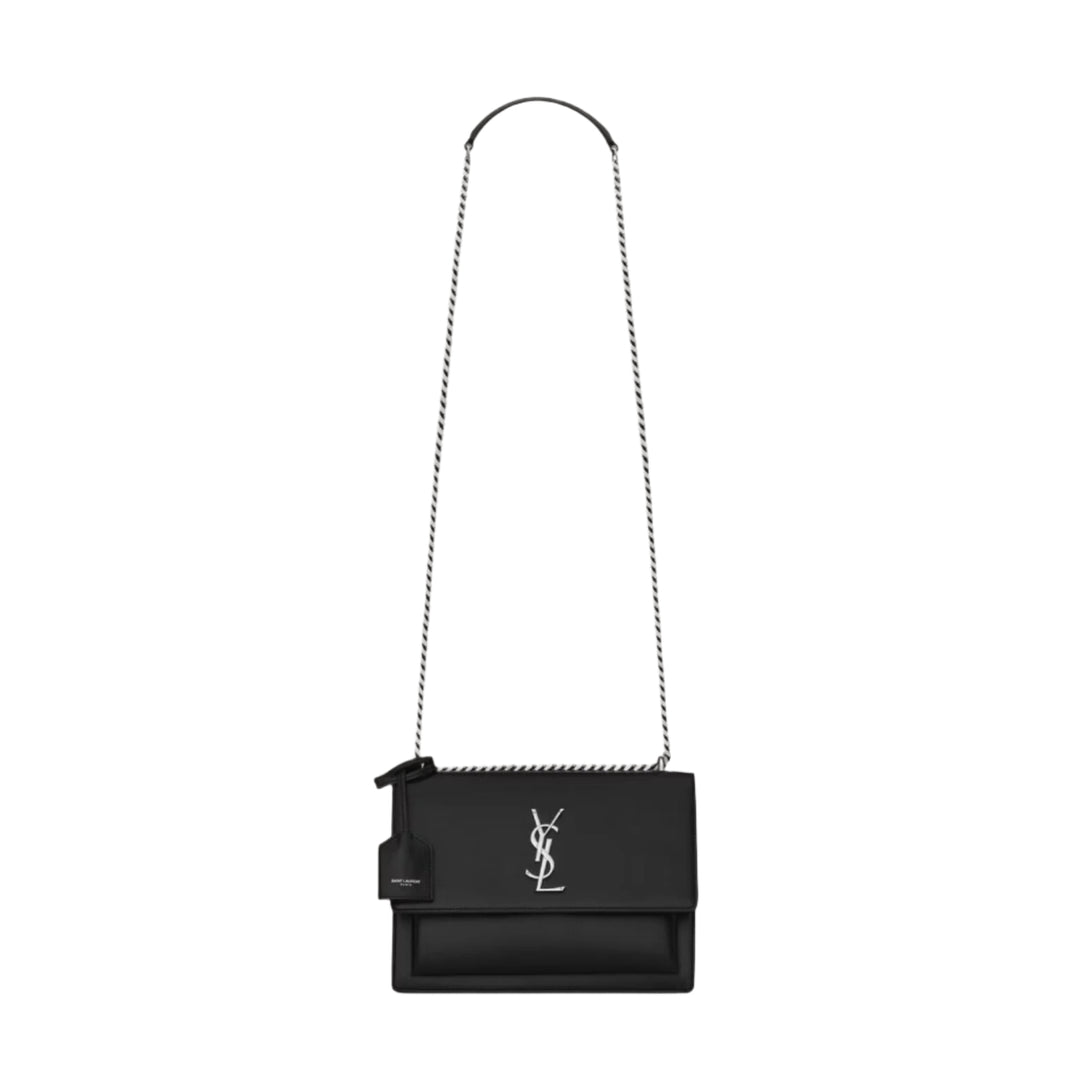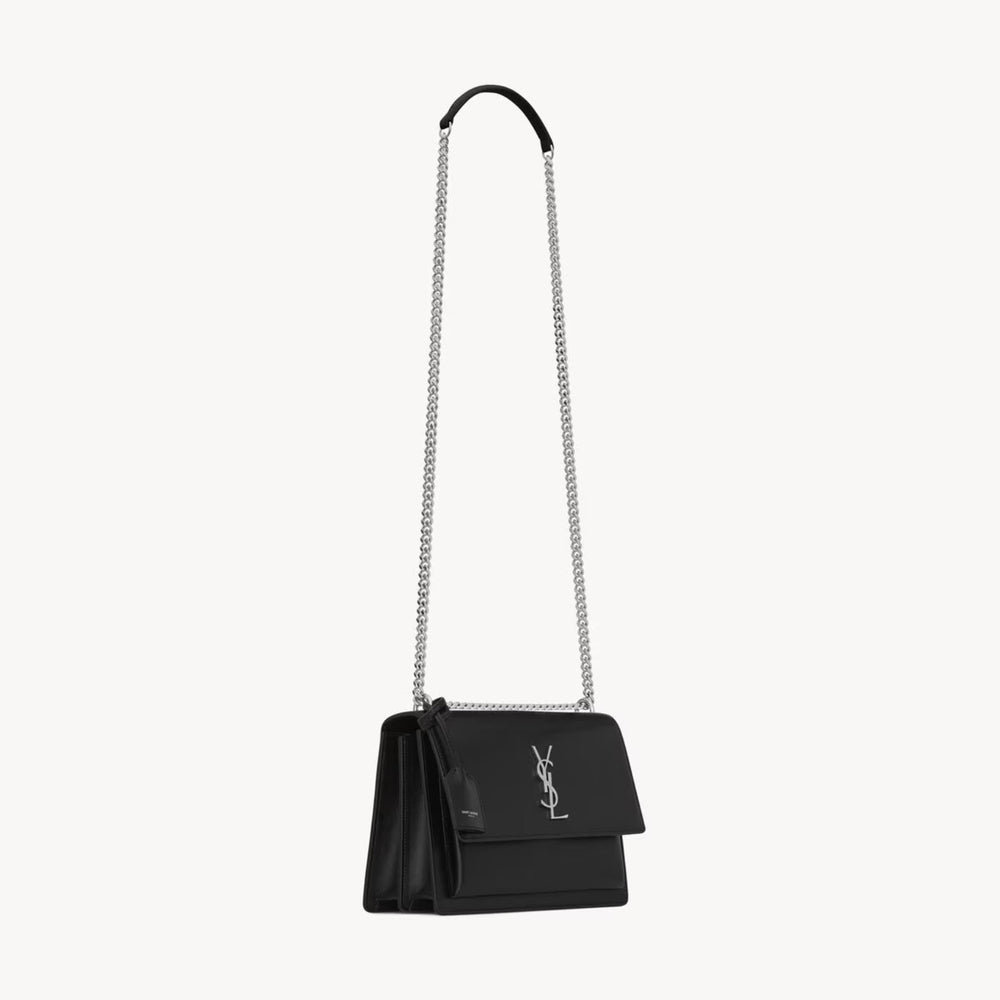
Women's Designer Shoulder Bags
Women's Designer Shoulder Bags - Authentic Italian Leather Totes & Hobo Bags at Outlet Prices
Welcome to our designer shoulder bags outlet, where practical meets stylish at prices that won't make you rethink your budget. We've gathered an incredible mix of authentic designer shoulder bags that work for real life – from spacious totes that fit your laptop and lunch to slouchy hobo bags that look effortlessly cool with everything. Every bag has been checked and authenticated by experts, so you're getting genuine quality at prices that leave room for other things you want.
Here's what makes this worth your time – most of us need shoulder bags that actually work in daily life, not just ones that look pretty on Instagram. The ones here do both. Maybe you need something for work that doesn't scream "I tried too hard," or a weekend bag that holds everything without looking like luggage. Whatever your situation, these bags are priced so you can afford quality without the usual sticker shock of designer pieces.
Finding a Shoulder Bag That Actually Works for Your Life
Browsing through what we've got is pretty straightforward. You'll see structured totes for work, relaxed hobo bags for everyday Use, crossbody styles that keep your hands free, and the perfect medium-sized bags that somehow work for everything. These come from different brands and seasons, which means you might find exactly what you've been hunting for but couldn't track down anywhere else.
The tote section is where you'll spend time if you need work bags or something that carries actual stuff. We're talking about bags that fit laptops, water bottles, notebooks, and all the random things you accumulate during the day. Some have interior organization to keep everything from becoming a black hole of receipts and lip balm. Others are simpler but look more expensive. Both approaches work – it just depends on whether you're an organized person or someone who dumps everything in and hopes for the best.
Hobo bags deserve way more appreciation than they get. These slouchy, casual designer shoulder bags look relaxed and effortless, yet they're super comfortable to carry. The crescent shape sits naturally against your body and typically holds a surprising amount without looking bulky. They're perfect for running errands, casual weekends, or any time you want to look put-together without the structured formality of a tote. Plus, they're usually lighter weight, which matters when you're carrying a bag all day.
Why Quality Actually Makes a Difference in Daily Bags
Look, there's a reason some bags cost more than others, and it's not always just the logo. When you use a shoulder bag daily, the quality becomes evident in ways that truly matter. Good leather gets softer and looks better over time, rather than cracking and peeling. Quality hardware doesn't tarnish or break after six months of Use. Proper stitching can withstand stuffing and carrying everywhere.
Real leather breathes, which sounds weird, but it means your stuff doesn't get that musty smell that happens with synthetic bags. The straps on quality bags have reinforcement at stress points to prevent them from tearing away from the bag during regular Use. The zippers actually work Useothly instead of catching or breaking – which is honestly underrated until you've dealt with a broken zipper on a bag full of your stuff.
Interior construction matters more than you'd think. Quality bags have proper lining that doesn't tear, pockets that are actually sewn in securely, and base support so the bag doesn't collapse into a sad puddle when you set it down. Cheap bags may seem fine at first, but they often fall apart quickly with daily Use, whereas quality pieces last for years.
When you shop at our outlet, you get this level of quality at prices that make it reasonable to expect a bag to last several years. That's the whole point – making quality accessible enough that you're not settling for something that'll fall apart in six months.
Building a Bag Collection That Covers Your Bases
Instead of trying to make one bag work for absolutely everything (which never quite works), using outlet prices to build a small collection makes way more sense. You don't need ten bags, but having two or three that serve different purposes means you're always prepared and your bags last longer because they're not being used for everything.
Start with what you actually need most. If you work in an office, you likely use a structured tote or a professional-looking shoulder bag to hold your work essentials. Get this one right because you'll use it constantly. Then think about your personal life – do you need something casual for weekends? A crossbody for travel? A lovely bag for dinners and events? Build your life based on actual situations, not aspirational versions of yourself.
Color matters more for versatility than people realize. Black and brown neutrals work with everything, but don't be afraid of cognac, burgundy, or navy – these are still neutral enough to be versatile while adding some personality. Super trendy colors or patterns are fun as secondary bags, but frustrating as your only option.
The outlet pricing makes this approach realistic. You can have a work bag and a weekend bag, both quality pieces that'll last, without spending what one designer bag costs at full price. That's actually how you get value – bags that serve specific purposes and last years.
Getting the Right Size Without Trying It On
Shopping for bags online can be tricky because photos often make things appear smaller or larger than they actually are. Here's what actually helps: measurements are your friend. We list dimensions for everything, and those numbers matter way more than photos.
For reference, most laptops require at least 13-14 inches of interior width, plus space for the bag's structure. Water bottles need a base diameter of about 3 inches. If you carry a lot, look for bags that are at least 12 inches wide, 10 inches tall, and 5 inches deep – that's enough for daily essentials plus extras.
The strap drop (how far the bag hangs from your shoulder) affects everything. The bag is too short, and it sits awkwardly high under your arm. It's too long and bounces against your hip when you walk. Most people find 8-12 inches of strap drop comfortable, but this totally depends on your height and preference. We list these measurements so you can compare them to bags you already own and like.
Weight matters more than people think. An empty bag that weighs three pounds becomes a five-pound bag with your stuff, which gets heavy fast. Leather bags are naturally heavier than fabric ones, but quality construction shouldn't make a suitcase unreasonably heavy.
If something doesn't work when it arrives, that's what the seven-day return period is for. Try it with your actual stuff – load it up as you would usually and see if it works for your life.
Where These Bags Come From
Every bag here has a pretty straightforward story. Some items come from stores that had excess inventory of particular styles or colors. Others are samples from showrooms where brands present new collections to buyers – these got handled in professional settings but were never actually used for daily life.
We also acquire bags from fashion enthusiasts who regularly cycle through their collections, as well as from estate sales and consignment situations. This variety means you'll find pieces that sold out quickly, limited colorways, or classic styles that just happened to be overstocked.
Condition transparency is non-negotiable. If there's wear, we photograph it and tell you exactly what's going on. Most bags are either brand new or barely used – maybe carried once or twice. People regularly tell us bags arrive looking better than expected, which happens when you're honest about condition instead of making everything sound perfect.
Sample Sales and What to Watch For
Sample sales are when the exciting stuff shows up – bags that have been hard to find or that represent exceptional value. Sample sale pricing offers quality designer shoulder bags at prices that make designer pieces accessible, rather than aspirational.
Inventory changes based on what we can source and the season. Fall tends to bring richer colors and heavier materials. Spring brings lighter tones and canvas options. But everyday bags in neutral colors show up year-round because that's what people actually need and use.
Customers tell us all the time that outlet bags become their daily go-tos – the ones they grab automatically because they work well and look good. Maybe it's because outlet pricing removes the guilt of daily Use. Or perhaps quality bags make life easier.
Authentic Designer Shoulder Bags That Actually Work for Real Life
Why Choose Designer Shoulder Bags?
Daily Functionality Meeting Italian Luxury
Shoulder bags serve real life – carrying laptops, essentials, and everything you accumulate during the day while looking polished and sophisticated.
Hands-Free Convenience
Shoulder carry frees your hands for phone, coffee, opening doors, or grabbing what you need without awkward bag juggling.
Premium Italian Leather
Full-grain calfskin that breathes, ages beautifully, and develops a rich patina over the years, unlike synthetic materials that deteriorate quickly.
Quality Construction That Lasts
Reinforced straps at stress points, quality zippers that actually work smoothly, proper lining that doesn't tear – details that matter daily.
Versatile Styling
Work to weekend, professional to casual. Quality shoulder bags adapt across occasions and wardrobes through timeless design.
Investment Longevity
Italian construction ensures bags last 10-20+ years with proper care, compared to cheap alternatives that require replacement every 1-3 years.
Designer Shoulder Bag Styles:
Structured Totes
Professional elegance with organizational features. Interior compartments, laptop sleeves, and a standing structure. Perfect for work, commuting, and situations that require a polished appearance with practical capacity. From Prada, Gucci, and heritage brands.
Hobo Bags
Slouchy, relaxed crescents sit naturally against your body. Surprisingly spacious without bulk, lighter weight than structured alternatives. Effortless style for errands, casual weekends, or anytime you want polish without formality—comfort meeting sophistication.
Tote Shoulder Bags
Open-top or zip-top capacity combining tote functionality with shoulder carrying. Spacious interiors, quality materials, versatile styling. Daily workhorses from Italian brands.
Crossbody Shoulder Bags
Adjustable straps convert from shoulder to crossbody carry. Maximum versatility and security. Travel-friendly, hands-free convenience with designer aesthetics.
Medium Shoulder Bags
The Goldilocks size – not too large, not too small. Work, weekends, dinners, errands—versatile dimensions covering most daily situations without specialized purposes.
Bucket Bags
Drawstring or magnetic closures with relaxed structure. Contemporary styling with practical capacity. Casual sophistication from modern Italian brands.
Featured Designer Brands:
Gucci Shoulder Bags
GG Supreme canvas totes, leather hobo bags with Web stripes, structured work bags. Iconic Italian heritage with recognizable luxury codes.
Prada Shoulder Bags
Saffiano leather totes (scratch-resistant, professional), tessuto nylon bags (lightweight durability), minimalist hobo styles. Cerebral Italian sophistication.
Bottega Veneta Shoulder Bags
Intrecciato woven leather showcasing artisan craftsmanship. Slouchy hobo bags, structured totes, quiet luxury for discerning tastes.
Saint Laurent Shoulder Bags
Contemporary elegance with rock-and-roll edge. Quality leather, refined hardware, French luxury with Italian manufacturing.
Ferragamo Shoulder Bags
Nearly 100 years of Italian leather expertise. Gancini hardware: timeless proportions, professional elegance, and legendary quality.
Givenchy Shoulder Bags
Parisian sophistication with distinctive hardware. Antigona totes, contemporary styling, refined luxury details.
Other Luxury Brands
Fendi, Burberry, Dolce & Gabbana, Balenciaga, and additional prestigious houses offering authentic shoulder bags at outlet prices.
Understanding Shoulder Bag Capacity:
Small Shoulder Bags (10-12 inches wide)
Essentials only: phone, wallet, keys, minor cosmetics. Evening events, minimal-carry days, or those who travel very light.
Medium Shoulder Bags (12-14 inches width)
Most versatile size. Daily essentials include a small tablet, a wallet, a phone, a cosmetic bag, sunglasses, and a small water bottle: work and personal Use.
Large Shoulder Bags/Totes Use: 18 inches in width)
Maximum capacity. Laptops (13-15"), documents, full cosmetic bags, water bottles, lunch, gym clothes. Professional workhorses and daily haulers.
Interior Organization Features:
- Zip compartments protecting valuables
- Slip pockets for phones and cards
- Key clips preventing key searches
- Padded laptop sleeves (in work bags)
- Water bottle pockets
- Interior dividers create order
Selecting the Right Shoulder Bag:
For Professional Work: Structured totes or professional shoulder bags with organizational features, laptop capacity, and polished appearance. Prada Saffiano, Gucci structured totes, quality business-appropriate styles.
For Daily Casual Use: Medium hobo bags or relaxed shoulder styles with comfortable straps, versatile capacity, effortless styling. Bottega Veneta slouchy styles, casual Italian leather bags.
For Travel & Commuting: Secure closures, crossbody conversion options, lightweight construction, organizational pockets. Practical luxury for movement and security.
For Weekend & Errands: Comfortable capacity without bulk, easy access, casual sophistication. Bags that work with jeans and casual wear while maintaining quality.
For Versatile All-Purpose: Medium sizes in neutral colors with a clean design. Work across professional and personal occasions, wardrobes, and seasons.
Premium Materials & Construction:
Italian Calfskin Leather
Full-grain luxury leather from Italian tanneries. Soft, supple, developing beautiful patina over decades. Natural grain patterns and breathing properties.
Prada Saffiano Leather
Signature crosshatch-textured leather. Scratch-resistant, water-resistant, and maintains appearance through extensive daily Use. Professional durability.
Bottega Veneta Intrecciato Woven Leather
Hand-woven technique requiring hours of artisan labor, showcasing Italian craftsmanship.
Quality Canvas
Coated canvas (Gucci GG Supreme, others) offers durability with lighter weight—weather-resistant and practical for daily Use.
Premium Suede
Luxurious texture requiring more care but offering distinctive sophistication. Seasonal appeal and refined aesthetic.
Hardware Quality
Solid brass, gold-plated, or palladium finishes resist tarnishing. Substantial weight communicating quality. Smooth-functioning zippers and clasps.
Reinforced Strap Construction
Double-stitched or reinforced attachment points prevent strap separation. Quality leather or fabric straps distribute weight comfortably.
Strap Drop & Carrying Comfort:
Understanding Strap Drop:
Distance from the top of the bag to the bottom of the strap when worn on the shoulder. Critical for comfort and carrying style preference.
Short Strap Drop (8-10 inches):
The bag sits high under the arm or on the shoulder. Secure positioning, classic look. May feel tight for larger body types or winter coats.
Medium Strap Drop (10-12 inches):
Most universally comfortable. The bag hangs at hip level, providing natural arm movement and comfortable positioning across body types.
Long Strap Drop (12-15+ inches):
Bag hangs lower at the hip or upper thigh—relaxed casual aesthetic. May bounce when walking; better for leisurely activities.
Adjustable Straps:
Maximum versatility accommodating preferences, body types, and wearing with different clothing thickness (summer tees versus winter coats).
Color Selection Strategy:
Classic Neutrals (Foundation Colors):
- Black: Universal professional and casual versatility
- Brown/Cognac: Warm elegance aging beautifully
- Taupe/Gray: Sophisticated alternatives to black
- Navy: Underrated, refined neutral
Versatile Statement Colors:
- Burgundy/Wine: Rich sophistication with versatility
- Forest Green: Unexpected neutral with personality
- Camel/Tan: Classic Italian sophistication
Seasonal Considerations: Colors work year-round with quality Italian bags, whereas cheap alternatives date quickly with trend-specific shades.
Styling Designer Shoulder Bags:
Professional Office: Structured tote with tailored suiting or business casual. Polished elegance projecting competence and sophisticated taste.
Business Casual: Medium shoulder bag with quality trousers and blouses or sweaters. Modern professional without rigid formality.
Weekend Casual: Hobo bag or relaxed shoulder style with jeans and casual tops. Elevated everyday style with Italian luxury touches.
Travel & Commute: Practical shoulder or crossbody with comfortable clothing—functionality meets sophistication for movement.
Dinner & Social: Medium refined shoulder bag with dresses or elegant casual wear. Sophisticated yet practical for social occasions.
Care & Maintenance:
Daily Care:
- Empty bags regularly, removing debris and lint
- Wipe exterior with soft, dry cloths after Use
- Avoid sitting on dirty surfaces or floors
- Keep away from excessive moisture
Leather Conditioning:
- Apply quality conditioner every 2-3 months
- Maintains suppleness and prevents drying/cracking
- More frequent in dry climates or heavy Use
Storage:
- Store in dust bags. Use protective covers from light and dust
- Stuff with acid-free tissue, maintaining shape
- Store upright in cool, dry places
- Climate-controlled environment ideal
Stain Treatment:
- Address spills immediately, blotting (not rubbing)
- Use leather-specific cleaners for stains
- Professional cleaning for stubborn issues
- Test products on inconspicuous areas first
Hardware Maintenance:
- Wipe hardware with soft cloths
- Check zippers and clasps, ensuring smooth function
- Address loose hardware promptly, preventing further damage
Investment Value:
Cost Per Use: $800 shoulder bag used 250 times annually for 12 years = 3,000 uses = $0.27 per Use for Italian luxury and daily functionality.
Quality Longevity: Italian construction and premium materials ensure bags last 10-20+ years with proper care, compared to cheap alternatives that require replacement every 1-3 years.
Timeless Styling: Classic shoulder bag silhouettes remain appropriate and stylish indefinitely through enduring Italian design and quality materials.
Versatile Usage: Daily bags are widely used, maximizing cost-per-wear value through consistent utility across occasions and seasons.
Resale Value: Authentic designer shoulder bags retain 40-60% of purchase price in good condition, protecting investments while providing years of Use.
Practical Utility: Quality bags make daily life easier through reliable functionality, comfortable carrying, and organizational features, justifying investment beyond aesthetics.
Why Outlet Pricing on Designer Shoulder Bags?
Designer shoulder bags at outlet prices represent authentic Italian luxury at accessible pricing through legitimate channels:
- Authorized Brand Outlets: Official outlets in Italy managing handbag inventory
- Seasonal Transitions: Previous season styles are identical in quality to current offerings
- Overstock Management: Specific colors or styles exceeding retail projections
- Luxury Retailer Clearances: Department stores are clearing inventory for new merchandise
- Italian Sourcing: Direct European connections providing access before US availability
You're receiving identical designer shoulder bags sold at full boutique prices – the same Italian leather, the same construction, the same hardware – just at 30-50% off.
Perfect For:
- Professional women need quality work bags to project competence
- Daily-use bags serving real life across work and personal activities
- First-time designer bag buyers want practical luxury investments
- Building versatile handbag collections with functional foundational pieces
- Gift recipients wanting meaningful, practical luxury presents
- Anyone valuing Italian craftsmanship in daily-carry formats
- Those seeking bags work across professional and casual occasions
- Savvy shoppers prioritizing functionality with Italian elegance
100% Authenticity Guaranteed
Every designer shoulder bag at Ask Me Wear is guaranteed 100% authentic. We source our luxury handbags exclusively from authorized brand outlets in Italy, luxury department stores, and authorized retailers, ensuring you receive genuine Italian craftsmanship and heritage-brand quality.
Our Authentication Promise
Each designer shoulder bag undergoes rigorous multi-step verification:
✓ Material Inspection – Italian leather and materials verified against brand standards
✓ Construction Analysis – Stitching, hardware, and craftsmanship checked for Authenticity
✓ Brand Verification – Logos, stamps, and interior markings confirmed authentic
✓ Quality Assessment – Overall construction evaluated against luxury standards
✓ Authorized Sourcing – Direct connections to authorized outlets and retailers documented
Shop with confidence. Authentic designer shoulder bags, guaranteed—always.
Browse Authentic Women's Designer Shoulder Bags - Italian Luxury for Daily Life
Discover Gucci, Prada, Bottega Veneta & more: structured totes, slouchy hobo bags, versatile daily styles. Real functionality meets Italian elegance. 40-70% off retail.
This is honestly one of the most important questions because the wrong size either means your stuff doesn't fit or you're lugging around way more bag than necessary. Let's break it down practically. For everyday casual use, you probably need less space than you think.
If your typical outing involves just phone, wallet, keys, and maybe sunglasses and a water bottle, a medium shoulder bag around 10-12 inches wide works perfectly. This size is comfortable to carry, doesn't overwhelm your frame, and holds essentials without extra bulk. Hobo bags in this size range are particularly good for everyday use because they're lightweight and comfortable.
If you're someone who carries more – makeup bag, tablet, snacks, extra layers, random stuff that accumulates – you need something closer to 12-14 inches wide with good depth. Larger hobo bags or smaller totes hit this sweet spot. They hold everything without looking like you're carrying luggage.
For work situations, size depends entirely on what you need to bring. Just commuting with a laptop, notebook, and lunch? A structured tote around 14-16 inches wide works great.
This fits most 13-15 inch laptops plus other work essentials. If you need to carry files, multiple notebooks, or change of shoes, you need a larger tote in the 16-18 inch range. These are genuinely roomy but do get heavy when full, so consider that.
The key is being honest about what you actually carry daily. Most of us think we need more space than we do, then end up with giant bags that hurt our shoulders. Start with what's typically in your bag right now – pull it all out and measure it.
That tells you the minimum size you need. Then add a couple inches for comfort and future random stuff. Height matters too.
If you're petite, an oversized bag can overwhelm your frame and look awkward. If you're taller, tiny bags can look disproportionate. Generally, your bag shouldn't be wider than your torso or hang below your hip – those are decent guidelines for proportions.
Try this trick: look at bags you already own and like. Measure them and compare those dimensions to what we list. If your favorite bag is 12x10x5 inches, look for similar sizes here.
If you constantly wish your current bag was bigger or smaller, adjust accordingly.
Great question because comfort is totally personal and you can't exactly try shoulder bags on through a screen. But there are specific things you can check that predict comfort pretty reliably. Strap width is huge.
Straps under 1 inch wide dig into shoulders, especially with heavier bags. Look for straps at least 1.5-2 inches wide for daily bags that'll hold significant weight. Wider straps distribute weight better and don't cut into your shoulder.
We list strap width in product details specifically because it matters so much. Strap material and padding make a real difference. Leather straps are durable but can be stiff initially – they break in over time.
Fabric or canvas straps are often softer immediately. Padded straps add comfort for heavier bags but can look bulkier. For lightweight bags, padding isn't necessary, but for work totes or bags you'll fill heavily, it helps a lot.
The bag's weight when empty tells you a lot. If a shoulder bag weighs 2+ pounds empty, it'll be 4+ pounds with your stuff. That gets heavy fast.
Leather bags naturally weigh more than fabric, but within material types, lighter is better for daily comfort. We list weights when available for exactly this reason. How weight distributes in the bag affects comfort significantly.
Bags with wide bases distribute weight across more shoulder surface area. Bags that are tall and narrow concentrate weight in one spot. Structured bags maintain their shape better when loaded, while slouchy bags can shift and feel unbalanced.
Strap drop determines where the bag sits on your body. If it hangs at hip level, weight pulls straight down on your shoulder. If it's shorter and sits under your arm, you're supporting weight differently – sometimes more comfortably, sometimes less.
This is personal preference, so compare strap drop measurements to bags you already find comfortable. Here's the practical test: when the bag arrives, load it with what you'd typically carry. Wear it around your house for 15-20 minutes doing normal activities.
Does the strap dig in? Does one shoulder feel strained? Is the bag bouncing awkwardly when you walk?
These things tell you more than five minutes of trying it on empty. If you have shoulder issues or chronic pain, lighter bags with wider, padded straps are worth prioritizing even if they cost slightly more. Your shoulders will thank you.
This totally depends on your lifestyle and priorities, and honestly, both have legitimate advantages. Let me break down the real differences so you can decide what matters for your situation. Leather shoulder bags are more durable long-term if you take basic care of them.
Good leather withstands daily use, develops that nice worn-in look over time, and can last literally decades. It's more weather-resistant than canvas – light rain won't ruin it, though you shouldn't soak any bag intentionally. Leather looks more polished and professional, which matters for work situations.
But leather is heavier, requires occasional conditioning to prevent cracking, and costs more initially even at outlet prices. Canvas or fabric shoulder bags are significantly lighter, which makes a real difference if you're carrying the bag all day or have shoulder issues. They're often machine washable or at least easier to clean when they get dirty.
Canvas is more casual, which can be either good or bad depending on your needs. The downside is that canvas shows dirt more easily, wears out faster with heavy use, and doesn't age as gracefully – it just looks worn rather than developing character. For daily commuting and work, leather or coated canvas often makes more sense because durability matters when you're using it constantly.
For weekend errands and casual use, canvas is often more practical because it's lighter and easier to clean. For travel, canvas is lighter but leather is more secure and durable. Weather matters too.
If you live somewhere rainy, leather or coated canvas protects your stuff better. If you're in dry climates, canvas is fine and more comfortable to carry. Consider your lifestyle honestly.
Do you baby your bags or throw them around? Leather handles abuse better. Are you careful or tend to spill coffee?
Canvas you can wash, leather requires more careful cleaning. Do you care about looking professional? Leather reads more polished.
Many people end up with both – a nice leather bag for work and professional situations, and a canvas bag for weekends and casual use. Our outlet pricing makes having both options realistic without spending a fortune.
This is such a practical problem that drives people crazy daily. You dump everything in, then stand there digging through your bag trying to find your keys while people wait. Here's what actually works.
First, get real about what you actually need to carry versus what ends up in there "just in case." The less stuff you carry, the easier it is to find things. Be ruthless about removing things you haven't used in a week. Use pouches or small bags within your bag to group similar items.
One pouch for cosmetics and personal care, another for cords and tech accessories, maybe one for receipts and random papers. This creates zones in your bag instead of everything floating around loose. Clear pouches are even better because you can see what's in them.
Put frequently-needed items in consistent spots. Keys always go in the same exterior or interior pocket. Phone always goes in the same place.
When you build this habit, you don't waste time searching – your hand goes automatically to the right spot. Take advantage of interior pockets if your bag has them. Use zippered pockets for valuable small items like jewelry or cash that could fall out.
Use open pockets for things you grab frequently like phone or transit cards. The key is using pockets consistently, not randomly. Some people swear by bag organizers – those insert things with multiple pockets that go inside your bag.
They work great if your bag lacks organization, but add bulk and weight. Try the pouch method first before investing in organizers. Empty your bag completely at least once a week.
This prevents the buildup of trash, random receipts, and old gum wrappers that make finding things harder. It also helps you reassess what you actually need to carry. For keys specifically, consider a carabiner or key leash that clips to an interior ring or strap.
You can find your keys by feel without looking, and they can't fall to the bottom of the bag. Wallet location matters – don't bury it at the bottom. Keep it in an accessible pocket or near the top of the bag where you can grab it quickly when needed.
The reality is that some bags are just better designed for organization than others. Bags with multiple compartments and pockets naturally keep things more organized. If you're chronically disorganized, choosing a bag with built-in organization helps a lot.
This is partially personal preference, but there are practical considerations that make certain approaches work better. Here's the real talk on this. Neutral bags (black, brown, tan, navy, gray) are more versatile by definition – they work with more outfits, which means you'll probably use them more often.
If you're building a limited collection on a budget, prioritizing neutrals makes practical sense. A good black or cognac brown leather shoulder bag literally goes with everything and never looks wrong. That said, "neutral" doesn't have to mean boring.
Cognac leather, burgundy, olive green, or navy are technically neutral enough to work with most wardrobes while adding more personality than basic black. Texture (like suede or pebbled leather) adds visual interest without compromising versatility. Matching your bag exactly to your outfit – like wearing a red bag with a red dress – can look too matchy and honestly a bit dated.
Complementary colors usually look more sophisticated. If your outfit has navy, a cognac or black bag works better than trying to match navy exactly. For most people's lifestyles, having one or two neutral bags that work with everything makes more sense than multiple colorful bags that only work with specific outfits.
Unless you're someone who really plans outfits and enjoys coordinating accessories, you'll default to the versatile bag anyway. That said, if you already have your neutral bases covered, adding one colorful or patterned bag for fun can be great – as long as you're honest about whether you'll actually use it. That bright yellow bag might excite you in the moment but end up sitting in your closet if you live in all black.
For work bags especially, neutral is almost always the better choice. You don't want to stress about whether your bag works with your outfit when you're getting ready for work. Professional settings generally call for neutral, classic bag choices anyway.
Consider your wardrobe's dominant colors. If you wear mostly cool tones (blues, grays, blacks), bags in black, navy, or gray integrate better. If you wear warm tones (browns, oranges, reds), cognac or brown bags work with more of your clothes.
The bottom line: neutrals are practical and versatile, which matters for bags you'll use daily. If that feels boring to you, choose neutrals with interesting texture or hardware details. Save colorful bags for when you have the budget for additional bags beyond your essentials.
Looking for something else?
Try these popular collections


